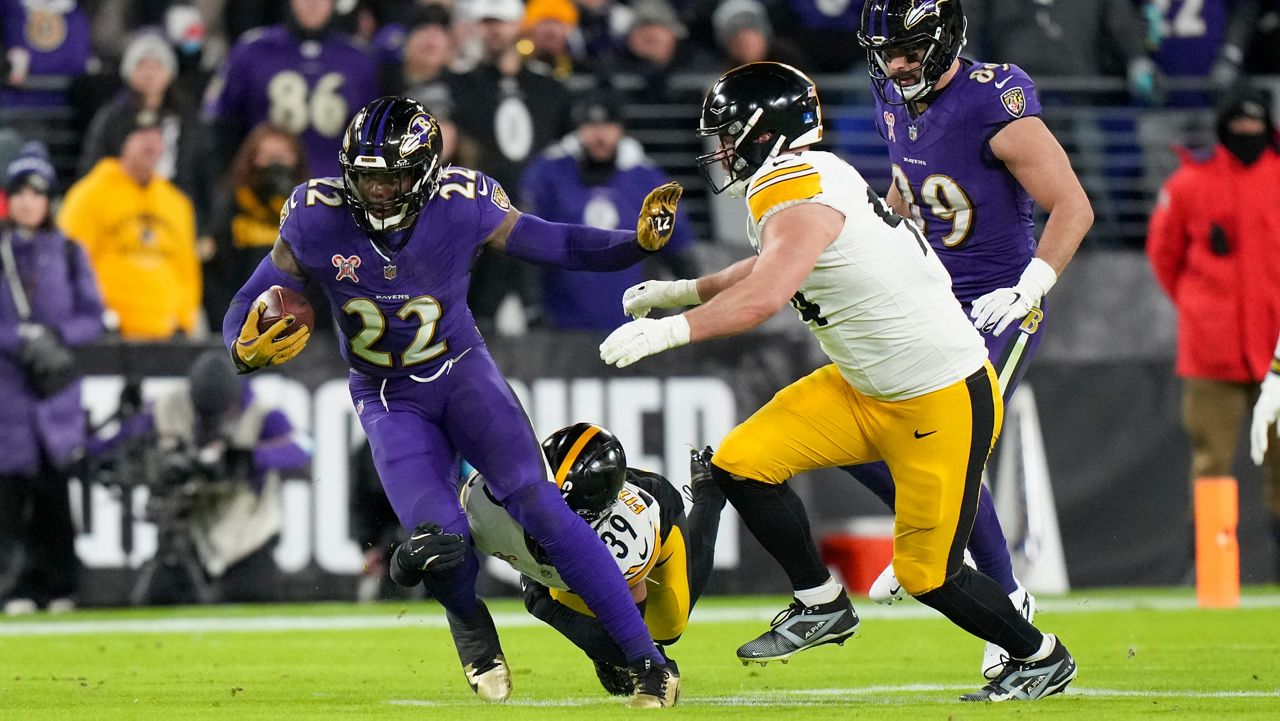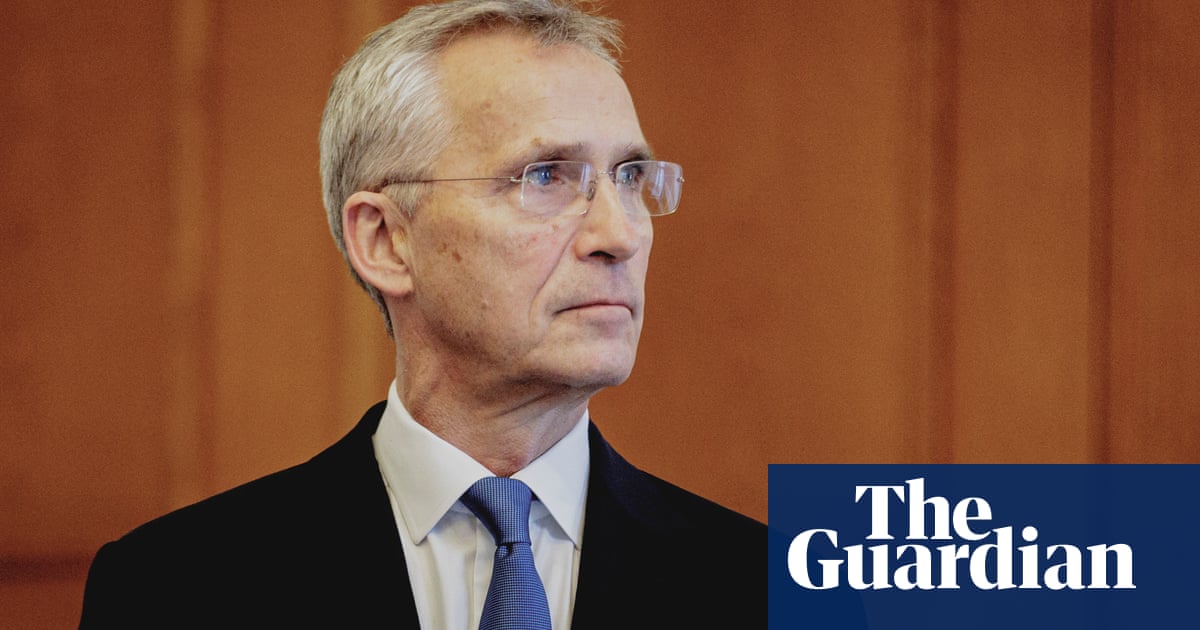Sports
Brett Yormark, Linda Livingstone discuss challenge of college sports’ new landscape

Brett Yormark enthusiastic about four Pac-12 schools coming to Big 12
‘The four corners was a dream scenario for us,’ Big 12 commissioner says. ‘The probability wasn’t all that high, but it happened and we embrace it.’
Brett Yormark made headlines two years ago when, as new Big 12 commissioner, he said his conference was “open for business.” Though widely taken to mean he planned to aggressively pursue conference expansion, Yormark clarified he meant to be aggressive in all areas, including finding creative ways to grow revenue.
“I guess you could say we’re open for business more so now than ever before,” Yormark remarked Friday at the conclusion of the Big 12’s spring business meetings in Irving.
Under a settlement proposal agreed upon last week in the House v. NCAA case, the NCAA will pay about $2.8 billion in damages over 10 years to current and former athletes for use of their name, image and likeness. The agreement, subject to approval by a federal judge, also opened the door to revenue sharing, creating a system by which power-conference schools can directly pay athletes — a little more than $20 million per school starting in the fall of 2025.
Related: How Texas Tech would handle the changes proposed by NCAA president Charlie Baker
More: Texas Tech athletics reported record revenue of $146.8 million in FY 2023
“I think we ended up in a fair and reasonable place,” Yormark said.
Prohibited in the past from paying players, athletics departments in the recent decades spent their booming revenues to expand their staffs, build gaudy facilities and increase coaches’ salaries, not to mention paying millions to fired coaches.
Now they have to add a player-payroll component.
Big 12 chair: Finding money, determining allocation first two challenges
“One, you’ve got to figure out where it’s coming from,” Baylor President Linda Livingstone said in a joint press conference with Yormark. “I think that’s probably the biggest question, especially in a short window of time. We have 12 to 14 months here probably before we have to figure out what we’re doing in that first year of allocation.”
Livingstone, chair of the Big 12 board of directors, said secondly athletics departments must determine how to divide up payments, both among teams and between men’s and women’s athletes with uncertainty over whether Title IX considerations apply.
“In some ways,” Livingstone said, “you’re working on models without understanding the complete playing field yet, and so I think these next, probably, six to eight months will be really, really important, because hopefully we’ll get some clarification on all the questions that will really help us understand better how to do the allocation.”
Private-equity groups have shown interest in recent months in forming mutually beneficial relationships with college programs, a prospect Yormark doesn’t reject.
“I think in some respects private equity is a validation of where this industry’s going and the growth trajectory that we’re all on,” he said, “so I don’t look at it as a bad thing. … Private equity likes to go to places where industries are in the growth mode, and we certainly are in a growth mode.”
Corporate logos, on playing fields and on jerseys, are another potential revenue stream being discussed to help offset the cost of salaries.
Will agreement to pay players prompt colleges to cut sports?
Asked earlier this year about the possibility universities might see fit to cut sports teams, Texas Tech athletics director Kirby Hocutt said he thinks the NCAA minimum-sport sponsorship requirement will be revisited. Currently, schools must sponsor 16 teams to be a member of Division I. Texas Tech is one above the minimum.
Less than two years after he was hired as the Ohio University AD, Hocutt felt compelled to cut four sports teams in 2007 to address a $4 million budget deficit and comply with Title IX requirements.
Livingstone, when asked Friday about cutting sports to defray costs, said she hopes it doesn’t come to that.
“I think one of the strengths of college athletics in this country is the diversity of sports we offer, the breadth of participation that you have across so many sports,” she said, “and, in fact, the Olympic movement in the world is driven by college sports in the United States and so … if we can find pathways to do this, revenue-sharing ways that help us to retain, and continue to support at high levels, our Olympic sports, it not only benefits our student-athletes in the United States, but it really benefits the athletic competition around the world.”
Column: Brett Yormark’s an idea man, and his latest is a doozy | Williams
Conference game report revealed: Hocutt asked Big 12 how ‘to hold officials more accountable’ after Tech-TCU game
The dismantling of amateurism in college sports has been on the horizon, so the Big 12 leaders say they’ve been gearing up for the day.
“I look at this as a bit of a reset for our industry,” Yormark said, “and we’re prepared for that. The ADs, myself, the board, we’ve been discussing that reset for quite some time, so it’s not coming as a surprise, and I think we’re well-prepared for it.”
Yormark announced the Big 12 annual revenue distribution for this year will be about $470 million, a high, though the 10 holdover members’ shares will be diluted by the addition of first-year members Brigham Young, Central Florida, Cincinnati and Houston.
The legacy schools, including Texas Tech, receive about $39.8 million each. BYU, UCF, Cincinnati and Houston are getting $18 million this year, $19 million next year and full shares thereafter.










